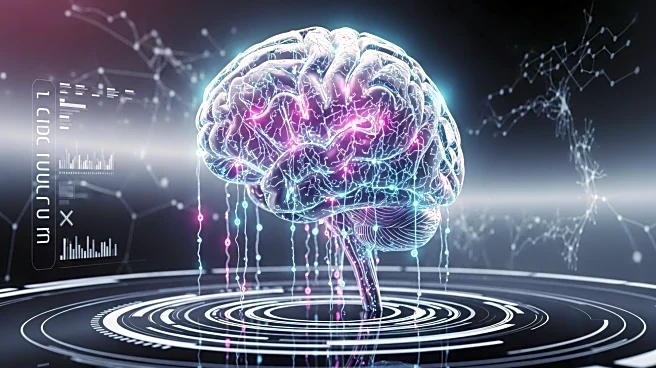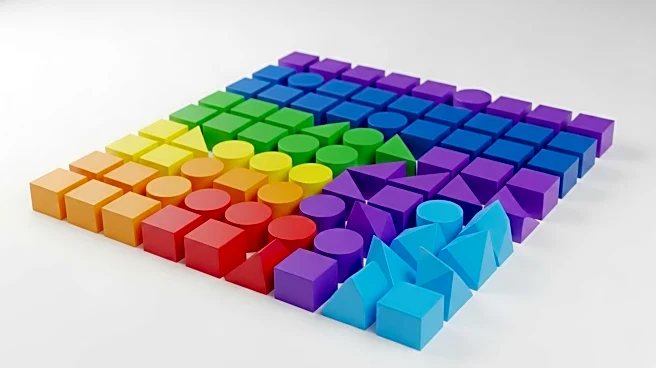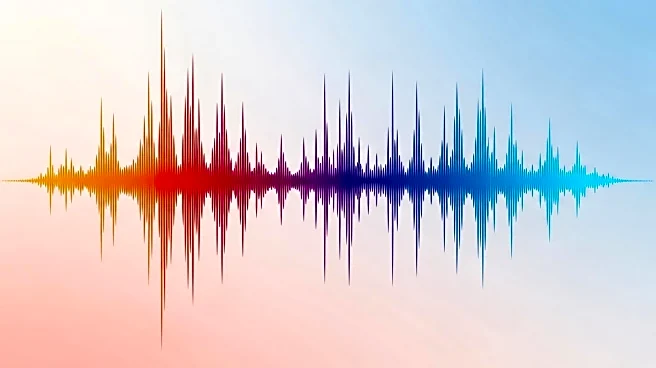What's Happening?
A recent study published in Nature Neuroscience has identified a specific group of neurons in the visual cortex, termed IC-encoders, that play a direct role in representing visual illusions. This research, conducted by a team from the University of California, Berkeley, the Allen Institute in Seattle, and Seoul National University, highlights how these neurons respond to illusory contours, such as those seen in the Kanizsa triangle illusion. The study utilized advanced brain imaging techniques and direct neuron stimulation to explore how the brain perceives edges that are not physically present, challenging the traditional 'bottom-up' view of perception.
Why It's Important?
This discovery is significant as it provides deeper insights into the brain's perception mechanisms, particularly how it interprets incomplete visual information. Understanding the role of IC-encoders could have implications for developing new treatments for visual perception disorders and enhancing artificial vision systems. The research underscores the complexity of the brain's interpretative processes, which integrate local and long-range signals to construct a coherent visual experience, potentially influencing future studies in neuroscience and cognitive science.












